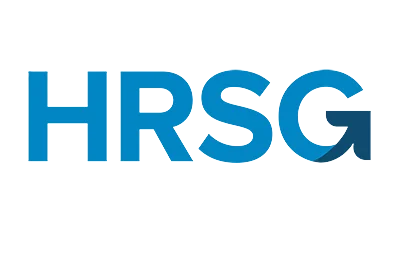The numerous approaches, techniques, and instruments companies use to manage their workforces and increase organizational effectiveness are referred to as “HR Business Solutions.”
These solutions deal with various HR-related issues, including hiring new employees, training them, paying them well, managing their performance, adhering to employment rules and regulations, and more.
Many different types of HR business solutions exist, including HR software, outsourcing services, consulting services, training and development efforts, and employee engagement programs.
These technologies enable companies to recruit and retain top employees, enhance their HR processes, and ultimately contribute to their overall success.
Continue reading to learn about some of the most widely used HR business solutions:
HR Business Solutions
- The Human Resource Information System (HRIS) is a software program that helps manage employee data, including personal information, benefits, time and attendance, payroll, and performance. The HR department can monitor and evaluate employee data by employing the system’s automation of numerous HR operations.
- Applicant Tracking System (ATS) is a software program that tracks and analyzes applicant applications to help HR managers and recruiters manage the recruiting process. This solution simplifies the hiring procedure, increases candidate interaction, and promotes candidate satisfaction.
- Learning Management System (LMS) is a software platform that assists in managing and delivering businesses’ training and development initiatives to their staff members. It allows the HR division to plan and carry out training sessions, monitor worker development, and evaluate learning outcomes.
- Performance Management System (PMS) is a software system that helps firms in managing employee performance by creating goals, monitoring progress, offering feedback, and carrying out performance reviews. This method assists HR departments in tracking employee productivity and growth and making justifiable judgments on employee promotions, training, and terminations.
- Payroll Software automates the calculation and distribution of employee salaries and payments. This technology assures tax law and regulatory compliance, automates tax withholding, and creates tax forms and reports.
- Time And Attendance Management Software helps organizations to monitor employee attendance and leave requests. It can also record employee work hours, schedules, absences, and accumulated vacation time. It also creates analysis and reports on this data.
Why Your Business Needs Human Resource Solutions
Human resource solutions are an essential component of every business. It is a strategic approach to managing people, ensuring their skills and talents correspond with the organization’s goals. Human resource solutions are critical to a company’s development and success. This is because they offer a variety of benefits that contribute to a healthy and productive staff.
- Help organizations effectively manage their employees. They guarantee that the right people are chosen for the job and that their skills and abilities fit the role’s criteria.
- Employee turnover is reduced as employees are more likely to be pleased with their jobs and feel appreciated. It also helps to lower the cost of recruiting, as it is more expensive to hire and train new employees regularly.
- Assist businesses in adhering to applicable rules and regulations. This involves ensuring that employees are properly compensated, have a safe working environment, and are treated fairly. Noncompliance with these standards can result in significant penalties and legal action, which can be detrimental to a company’s image and financial health.
- Enable businesses to monitor the performance of their employees. They give a structure for establishing goals and objectives, tracking progress, and delivering feedback.
- Ensures that employees are working towards the same goals as the business and are fulfilling the anticipated standards. Employees are more likely to be motivated and engaged if they believe their job contributes to the company’s success.
- Allow firms to manage the growth of their employees. This includes offering staff opportunities for training and growth and encouraging them to take on new tasks and responsibilities. This ensures that staff always upgrade their skills and talents, which can benefit the company in the long run.
- Encourage organizations to manage their employees’ well-being by offering mental health and wellness support and ensuring that employees have a healthy work-life balance. This creates a pleasant and supportive work environment, leading to higher job satisfaction and lower stress levels.
Possible Consequences of Not Using HR Services and Solutions
However, on the other side, if a company does not implement HR business solutions, it may suffer various consequences:
- They may fail to properly manage their employees, resulting in high turnover rates and low productivity.
- They may violate laws and regulations, resulting in legal action and reputational harm.
- Find it difficult to supervise their employees’ performance and growth, which can result in a loss of motivation and engagement.
- Maintaining a good and supportive work atmosphere could be difficult, leading to high-stress levels and job dissatisfaction.
To summarize, human resource solutions are vital for any company that provides jobs. They offer many benefits, and their advantages clearly exceed their downsides. Therefore, companies must invest in HR services and solutions to ensure the development and success of their businesses.
Get Finest HR Business Solutions with HRSG
HRSG is the top and leading HR solutions company in the industry, offering its clients a full variety of HR services and solutions.
HRSG delivers cutting-edge HR business solutions tailored to match each client’s unique needs through its innovative and customer-centric approach.
HRSG collaborates closely with its customers to understand their specific requirements and to create personalized solutions that help them accomplish their objectives.
Want hassle-free human resource solutions?
Contact us to fulfill all your human resource needs!







